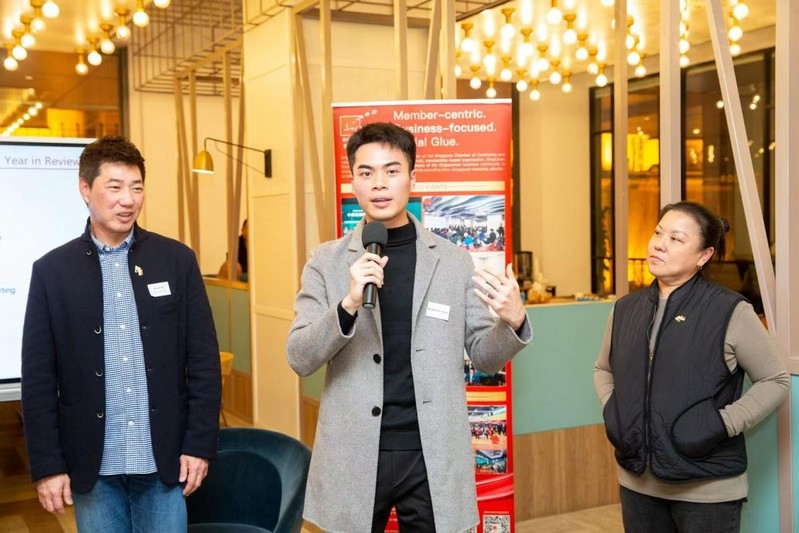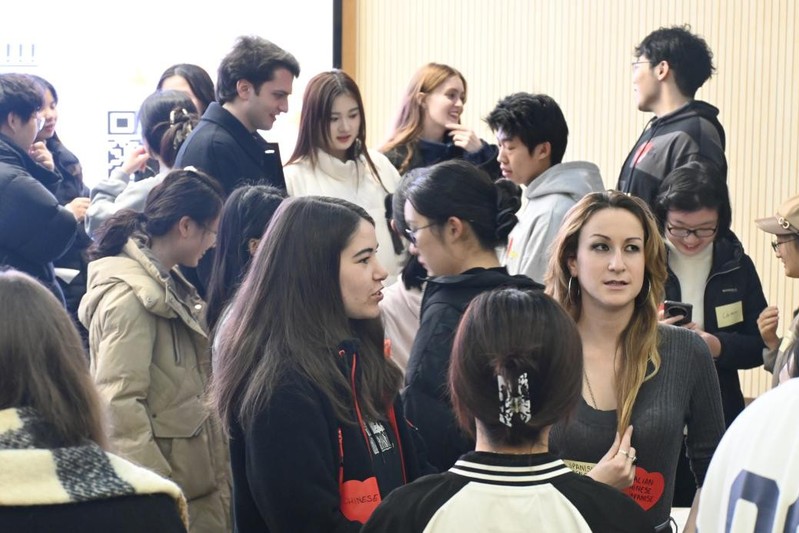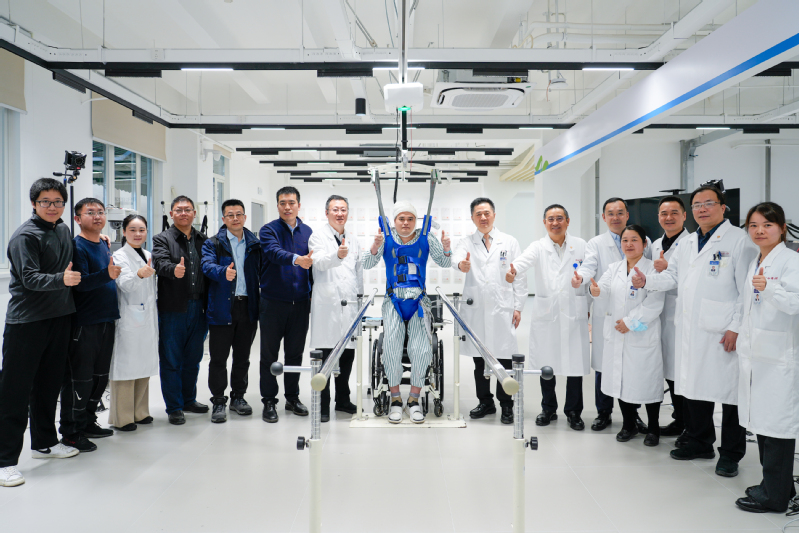In the early 1980s, presidents of Fudan University Su Buqing and Xie Xide advocated the idea that students should develop in an all-round way, and that they should be cultivated to become cross-cutting and compound talents good at arts, sciences and engineering.
The general education at Fudan thus aims to nurture in students the abilities:
to develop moral preferences and judgements, ethical reasoning, and to shoulder civic duty and responsibility;
to understand the richness and diversity of human civilizations, and to face challenges in world development;
to recognize the social foundation of modernity and understand the complex relationship between individual worth and social progress in the era of globalization;
to appreciate the vitality of traditional Chinese culture and wisdom in order to draw nourishment from it;
to grasp scientific methodology and develop critical thinking, to identify with the university ideal of academic independence and freedom;
to develop into an all-rounded person, to foster self-management and self-betterment.
The core curriculum of Fudan’s general education, designed in line with the above objectives, consists of 7 modules. Each module involves a series of quality and enlightening courses of a certain theme.
Here we will introduce, for each module, 1-3 new courses joining the general education curriculm from this semester recommended by Fudan College. Of course, you can refer to the full list covering about 180 courses, which may bring you some new ideas when picking up your favorites.
Module 1: Classics on Chinese literature, history and culture heritage
By reading classics on Chinese culture, students can understand Chinese cultural traditions more, and experience more about cultural inheritance and actively shoulder the responsibility of culture successors.
Course 1: Guided Reading On Journey to the West
Familiar as you are with Monkey King, are you aware of the religious and mythological connotations in the novel? How is the story adapted and interpreted on stage in the West?

This course examines Journey to the West, one of the four greatest classics and introduced the concept of “Zhanghui novels”, a traditional type of Chinese novel with each chapter headed by a couplet giving the gist of its content. The classic text is interpreted from a modern perspective to reflect the enduring value of the work. As an optimal approach for students to understand the story, the lecturer will relate the content of the book to the learning experiences of students major in different areas. Students will be asked to engage themselves in creative writing, imagining what might happen afterwards to the travelers and trying to adapt the novel. This course draws attention to several aspects: the symbiotic and interactive relations between ancient novels and Chinese traditional culture, aesthetic awareness when reading mythologies, fairy tales, tragedies, comedies, etc., the technological era that has helped translation, rewriting and promotion of global literature, and the inheritance of traditional Chinese thoughts and culture by modern minds.
Professor Zhang Yiwei says,
“Journey to the West is one of the most renowned classical novels in China, as well as the most influential Chinese traditional novels overseas. To sum up how it enlightens its readers, I would say that it has the charm of traditional Chinese popular novels. It is to tell a story that eventually teaches you a lesson. Such a lesson might be philosophical, or highly related to people’s life. A close reading of Journey to the West helps us get a full picture of the Chinese culture; in addition, by looking into the development of the characters, the students will be encouraged to tackle any difficulty or challenge they meet, be a team player, cherish friendships, and ponder about philosophical issues such as life and death and being and nothingness. ”
Course 2: Introduction to the Zi Zhi Tong Jian
Suppose you were a historian, would you be a photographer or a critic? How are the stories narrated by Sima Guang different from Sima Qian’s account in Records of the Historian?
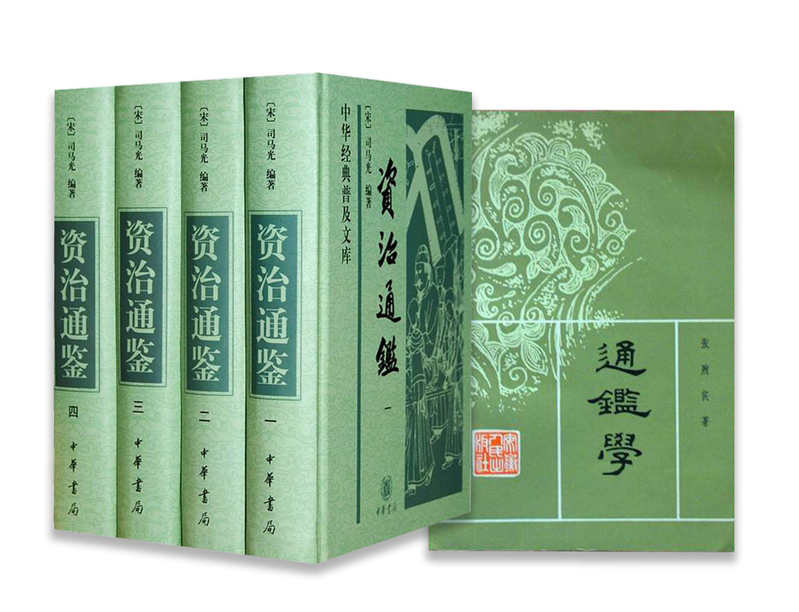
The course illustrates a new perspective in the study of the great classic of Zi Zhi Tong Jian (《资治通鉴》meaning using history as a mirror to assist governance), which is the change in people’s thoughts. As an important historical text recording the happenings of 1362 years spanning from the late East Zhou dynasty in the 5th century BC to the Five Dynasties in the 10th century AD, Zi Zhi Tong Jian is an ideal primary source for studying Chinese ancient history. However, during this course, students will be constantly asked the following questions: how the author has selected and edited pieces of events in a way that reflects his voice and will? And how do they echo with mainstream thoughts of the times? By looking into other historical literature, students will collect evidence to support their analysis. The Tang and the following Song, as two of the most culturally-prosperous dynasties, the mainstream thoughts during which are widely studied. Though Zi Zhi Tong Jian ended just before the Song dynasty was established, it plays as an important role in studying the transformation of people’s thoughts in the Song dynasty.
Professor Jiang Peng says,
“General education curriculum is not meant to be made easier for students major in subjects other than what the course involves. It is supposed to be designed as a brand new set of courses suitable for students with limited background knowledge. According to my experience, general education curriculum relies on the teaching of specialized knowledge as the foundation, but it is more about shaping perceptions that transcend knowledge or teaching students the ways to form a perception.
As for this course, we will read the book Zi Zhi Tong Jian in three dimensions, as a classical text, a historical text and a traditional text. We will analyze what is characteristic of each dimension and learn how to approach the same text in different dimensions, expecting that learners can apply these skills to other similar texts.”
Course 3: Introduction to The Three Kingdoms
Historical romances apparently differ from the history. Who gets to tell the story of the Three Kingdoms? How can we decipher a historical figure based on voluminous records of history?
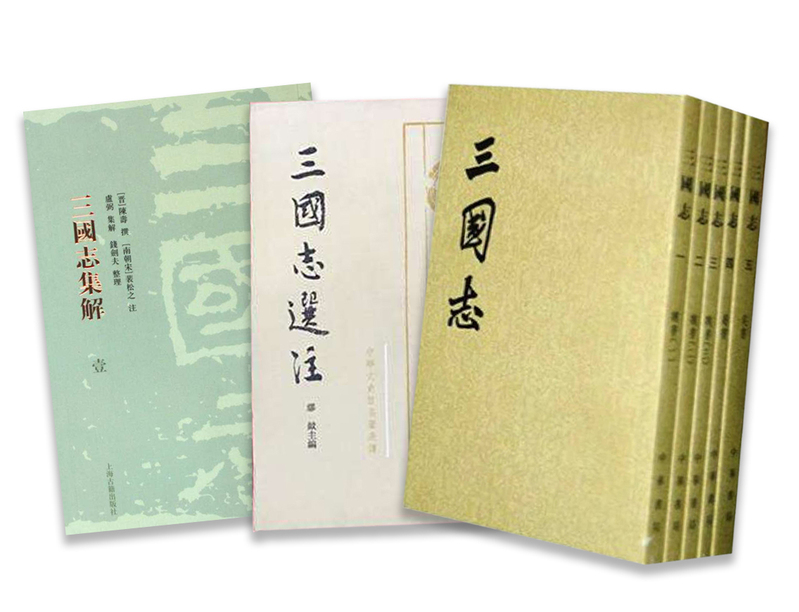
Records of The Three Kingdoms by Chen Shou, historian of the West Jin dynasty, as the core of this critical reading course, is one of the most recognized “Twenty-Four History Books”(《二十四史》) . Students will be required to compare it with other works that depict wars among the Wei(魏), Shu(蜀) and Wu(吴) empires and see how descriptions of same historical events may differ in different writings. There are many other historians throughout history who have recorded and interpretedThe Three Kingdoms period. After learning various approaches to historical criticism, students will be required to analyze in detail these different writings and determine to what extent they are reliable.
Professor Qiu Luming says,
“Stories derived from Romance of Three Kingdom(《三国演义》) are a crucial part of the shared cultural heritage of the Chinese and East Asians. In contrast, though widely known as the official historical records of that period, Records of the Three Kingdom(《三国志》) attracts much fewer readers. The course is based on reading and textual analysis. On one hand, by comparing these two works, the students will identify writing techniques like addition, abstraction, as well as its detailed transition from historical facts to novel stories. On the other hand, by comparing historical records in Records of the Three Kingdom with annotations by Pei Songzhi, various images of the same characters are revealed. Students, therefore, are introduced to classical works and guided during reading. They will also learn how to do literature review in the process.”
Module 2: Philosophy and critical thinking
By reading philosophical classics, students will appreciate traditional western and eastern wisdoms, develop their critical thinking skills which are vital to the creation ofculture and progress of knowledge, and become intellectuals with independent thinking, academic freedom and concern for the world.
Course 4: Introduction to The Protestant Ethic and the Spirit of Capitalism
Is it social reality that defines culture or is it culture that shapes society? Listen to Max Weber’s insights on how religions affect people’s motives and choices in life?

In early 20th century, Max Weber, German sociologist and philosopher most known for his thesis The Protestant Ethic and the Spirit of Capitalism, provided his insights on how religious beliefs had contributed to the birth of modern capitalism and proposed that “economic base determines the upper structure of society”. This since then has provoked generations of discussions on culture, society and religions. While analyzing pieces of the text and understanding the concepts of ideal type, value neutrality and elective affinity according to Weber, students will be introduced to the Renaissance, the Reformation, the Enlightenment, and the emergence of capitalism to have a better understanding of the relations between culture and society. Students will be advised to take on extra readings of Weber’s other works, such as “The Religion of China: Confucianism and Taoism and Economy and Society”. Using what they have learned, students will be asked to reflect on their personal choices and how they regard time, money and occupations.
Professor Yu Zhejun says,
“I have taught this course for ten semesters, and for seven of which it is conducted in the form of a “flipped classroom” which combines in-class teaching and MOOC. MOOC is a new form of teaching that increases students’ engagement in discussion and presentation. Students attend the course not just to receive knowledge, but also to share their knowledge and ideas with the rest of us. General education is inclusive and interdisciplinary. Students get to approach religious studies from different perspectives, such as sociology, political science and even natural science. I am really glad to see that so many students have managed to demonstrate their creativity and depth in thinking, despite their different academic backgrounds.”
Module 3: Dialogue of civilizations and worldwide perspective
Students will have a systematic understanding of civilizations in the world, thereby recognizing more about the richness and diversity of human civilization, and exploring possible ways for different civilizations to communicate with each other.
Course 5: Art and Archaeology of Ancient Near East
As a modern city dweller, can you imagine what earliest cities in Mesopotamia were like under the reign of the empires there? What could a piece of bronzeware tell us about the time?
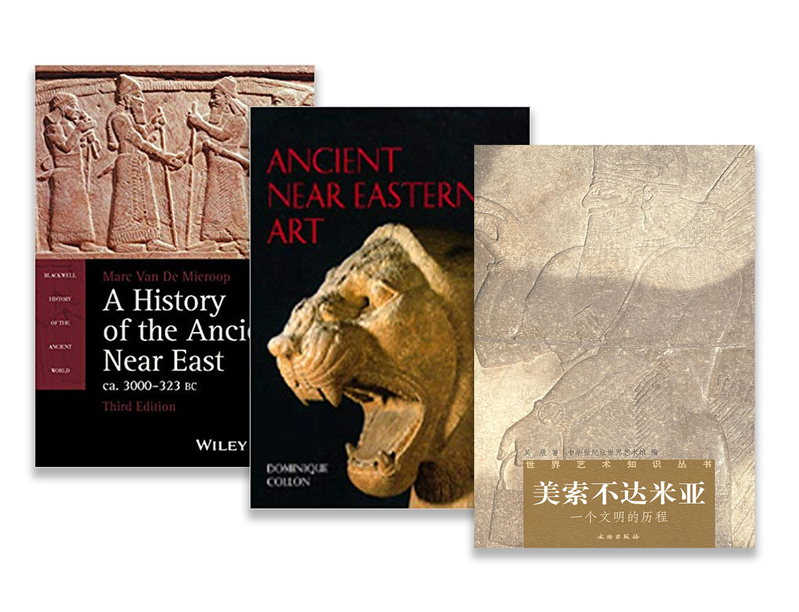
“Art and Archaeology of Ancient Mesopotamia” gives a general introduction to the history of the region between the Iranian Plateau in the east and the Mediterranean Sea in the west and inspects the period between the birth of human civilization in late 4000 BC and the march east of conquest from 330 to 323 BC by Alexander the great, King of Macedonia. The lecturer will display iconographic materials and historic monuments to help students understand the different dimensions of an ancient society: early writing systems, early countries, power balance between a king and religious leader, foreign trade and exchange, villages and city-states, culture and art, etc. From these texts and pictures, students will deduce what possibly accelerated or hindered human progress during those periods of history.
Professor Wu Xin says,
“This course offers an opportunity toChinese students to learn about the development of the earliest ancient civilization of the humankind. Through studying systematically the emergence, development, and transformation of the civilization of ancient Mesopotamia, the cradle of civilization, the course aims to broaden the students’ horizon by guiding them to looking into the history of a culturewise extremely important place, which is unfamiliar to the large majority of Chinese students, and by teaching them to approach history from multi-disciplinary perspectives (historic, archaeological, art historic, and anthropologic). I hope that such a course would also help the students to re-think about the Chinese history and civilizations—within the context of global history—and help them reflect where they are in today’s world.”
Course 6: History of Cultural Exchanges between China and the West
Do you know how tea traveled across the ocean and became British’s daily essentials? From tea to religious classics, how and why did the interaction between the Orient and the Occident grow intensive throughout the history?
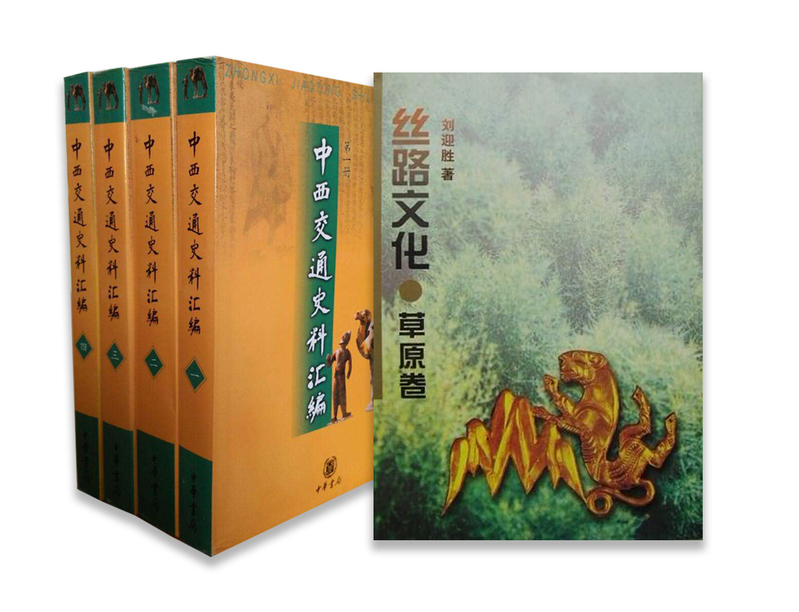
The course “History of Cultural Exchanges between China and the West” tries to give the students a preliminary but real perceptional understanding of the exquisite skills and methods used in this traditional academic field in dealing with the relevant topics. The course will reveal to them how the mutual activation between the traditional empirical study and the problem consciousness from the perspectives of comparative cultural history will give us more thinking space on cultural inheritance and cultural change issues.
Professor Yao Dali says,
“The course intends to present to the students that the term of Chinese civilizations is definitely plural. Like all civilizations outside China, the formulation and development of each of China’s civilizations, either that of the Han-Chinese or otherwise, have been realized from the very beginning through close communication and exchanges with the outside world. We all agree that “The more Chinese, the more cosmopolitan”. But such a statement may make people overlook the other side of the coin. China’s civilizations themselves contain indispensable elements from the rest of the world. My ultimate wish is to have every topic involved in the class become a different entrance to the same thinking path, that is, to observe the world and oneself from far more than one perspective.”
Module 4: Social studies and Contemporary China
By introducing social science theories and exercising practical training, students will have the abilities of rational criticism, comparative analysis and looking at China and the world in the perspective of social science.
Course 7: Economics and Society
Why do people complain about the price of cabbage while spending thousands in the stock market? Is President Donald Trump a sage or a lunatic? See how economics collides with our daily life.
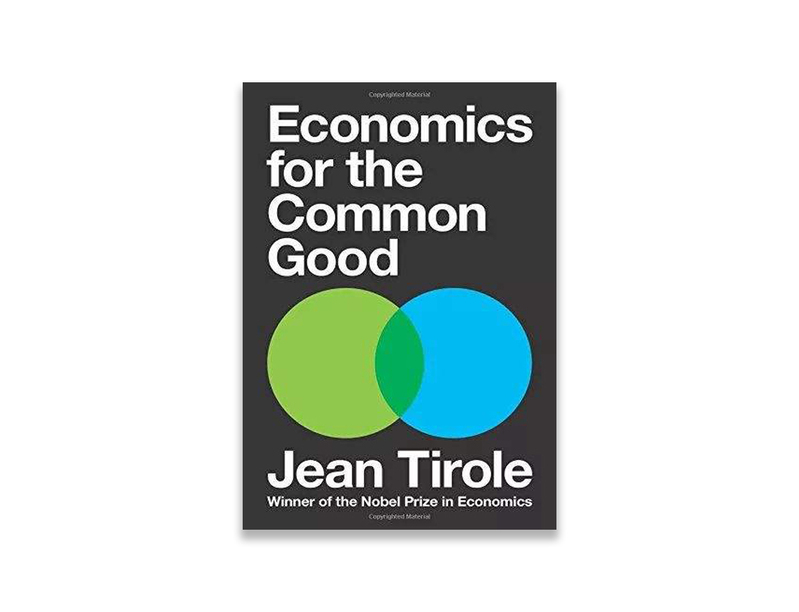
In Economics and Society,case-based teaching and heuristic thinking allow students to understand various social phenomena through real-life cases. This course tries to teach the students how to observe social activities from the perspective of “decision-makers” and then grasp the meaning behind that, thus enabling students to integrate knowledge and action when studying economics. It is of great significance to learn not only economic theories, but also lessons from reality to reach reasonable decisions.
Professor Kou Zonglai says,
“It is an ever-changing world with lines between different disciplines becoming blurred every day. Although knowledge of economics is important for every undergraduate student, despite his/her major, it is a pity that, for the time being, professional economics courses seem to be too difficult for normal people to understand because of putting too much emphasis on mathematics. I believe that, in most cases, common sense and rational reasoning are enough to draw insightful conclusions for economic phenomena in our daily life. This is exactly the aim that we want to realize in virtue of general courses.”
Module 5: Scientific inquiry and technological innovation
By introducing the important knowledge, methodology, history, current situation and future directions of mathematics, natural science and engineering, students will gradually establish a scientific perspectivewhen reflecting on themselves and the world and develop abilities of rational criticism, thoughtful planning, truth seeking andinnovative thinking.
Course 8: Concepts in Chemistry
Maybe you’ve been tortured by the complicated or boring chemistry formulas or the molecular structures in high school. But this time you will find something drastically different in this Chemistry course...
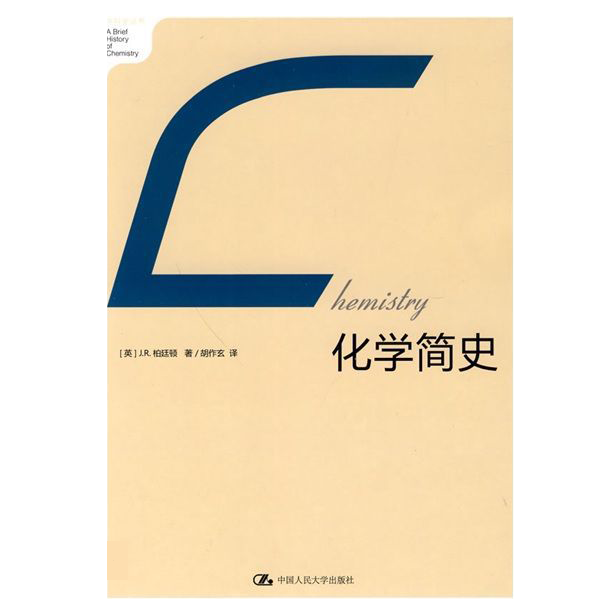
Chemistry is the study of change, and everything around us changes constantly. This course, called “Concepts in Chemistry”, is precisely to encourage students to jump out of the usual impressions of chemical and industrial technology, and the properties of atoms and molecules, and to experience chemistry from the perspective of key concepts and ideas of chemical change, as well as physical experimental and theoretical methods on how to understand and describe chemical structure and change. As a course in the core general education curriculum, it will introduce chemistry as the foundation and “central science” of all the physical sciences, biological and medical sciences. This course can be a bridge between the professional and the non-professional. The goal of this course is to enable students major in liberal arts subjects to have a good command of the core knowledge of nature and society through the core concepts in studying the science of change without getting confused by sophisticated terms and formula.
Professor Wang Hongfei says,
“Chemistry only matured as a modern science and took the central role of all natural sciences in the past 100 plus years. The course introduces students to these historical developments of sciences and brings students fresh and unique ideas rarely accessible in other popular science lectures or courses. Teaching general core curriculum is different from teaching specialized courses. In general education, the overall concept and framework of human knowledge is the core, and should not be overlooked and lost by focusing too much on specific details. The wholeness of sound understanding and knowledge framework of nature, society and human is what really matters. And in the center of it, is the study of change, a.k.a., the concepts of chemistry.”
Module 6: Ecology and life
It will guide students to: realize the meaning of life, understand the development law of nature and life; pay attention to the coordinated development of man and nature, as well as man and society; cultivate the consciousness to take the initiative in protecting the environment; advocate healthy lifestyle and attitudes towards life; spread the values and morals of ecological protection and respect for life; and combine scientific perspectives with humanistic care.
Course 9: Human Evolution
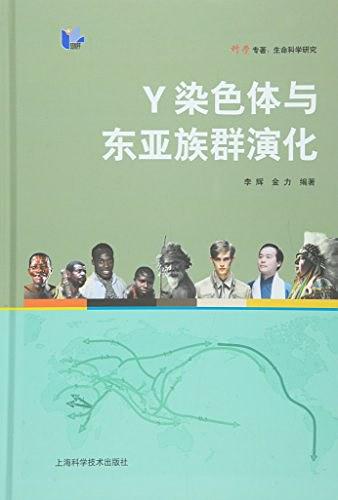
Humans are the most advanced animals, both in terms of evolution and culture. The word Anthropology, made up of Anthropos (Human) and Logos (Science), means the Science of Man. Anthropology is an old discipline of great significance to the human race. It requires vast knowledge in both arts and sciences as it covers an extensive spectrum of subjects. The two main branches of anthropology to be discussed during this course are physical anthropology which studies the biological development of humans and cultural anthropology which studies the norms and values of humans.
By leading students though the important stages in human evolution and migration, the course aims to help them understand how environments and genes made humans to walk upright, grow less hair but more sweat glands over their bodies, and have bigger brains and higher intelligence; how the genetic features, history, languages and customs of different groups and tribes have changed; how the Chinese nation and its various ethnicities form the way they are today; what is the link between human evolution and human health; how anthropological knowledge can be applied in daily life and other scenarios, such as forensic science; and how the future of anthropological studies will be.
The team led by Professor Jin Li says,
“The course HumanEvolution expects students to think over and discuss anthropological problems through heuristic teaching, which combines the teaching of professional knowledge, hot-issue discussions on a small-class basis and scientific research practice. It is intended to cultivate students’ ability of independent thinking, comprehensive analysis, oral expression and communication. It will also expand their knowledge, mobilize them to explore and actively participate in anthropology, and finally make them better understand and care about our entire human race.”
Module 7: Art and aesthetics
Through aesthetic education, students’ aesthetic appreciation, creativity and expression skills will be enhanced. It will also promote their understanding of excellent artistic works at home and abroad from ancient to modern times, and let them feel the True, the Good and the Beautiful of human civilization.
Course 10: European Cinema: Appreciation and Practice
How to survive a European literary movie without falling asleep? How can you speak like a professional movie critic? This course is where you can have an overview of movie theories and even direct your own film.
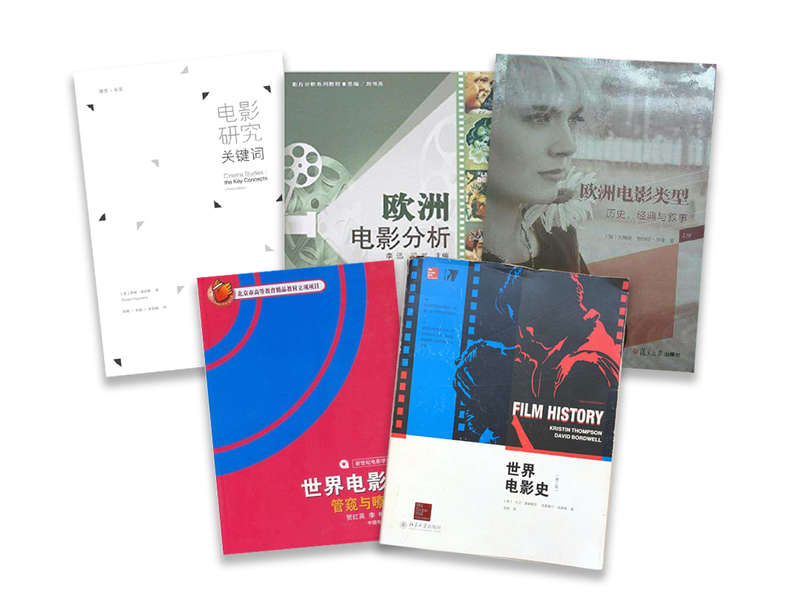
European Cinema: Appreciation and Practice is focused on the classic films produced in France, Germany, Italy, the United Kingdom and the Nordic countries after World War II. In this course students can learn to appreciate the artistic and aesthetic characteristics of European films and explore the formation, development and evolution of European film traditions. The course aims to cultivate students' ability to appreciate non-Hollywood movies, European ones in particular, through which students can better understand the European society and culture, thus being more competitive in aesthetic appreciation, knowledge integration, creation and expression.
Professor Zhu Jianxin says,
“As one of the most popular film courses on campus, European Cinema: Appreciation and Practice provides students with an overview of major trends in European Cinema since 1945. Using Italian Neorealism, French New Wave, British New Wave, New German Cinema and Dogma 95 as primary examples, this course explores the rich heritages of European cinema in terms of its stylistic, conceptual, ideological and socio-historical concerns in the postwar period. Through film viewing, lecture-based teaching, classroom discussion, group presentation and short film assignment, the students will be able to develop their overall ability in artistic creation and aesthetic reception.”


